
09-01-2013 20:25
Hi againThis material was sent to me from M. Tapia

10-01-2024 12:31
Karl Soler KinnerbäckFound this on soft Alnus incana wood next to a riv

17-01-2024 12:34
La materia prima la pedí desde Galicia (España)

14-01-2024 15:18
Jean-Luc RangerBonjour, j'ai eu la chance de trouver ce champigno

17-01-2024 14:09
Thomas Læssøehttps://svampe.databasen.org/observations/728419an
Hamatocanthoscypha on Cupressus leaves
Enrique Rubio,
09-01-2013 20:25
This material was sent to me from M. Tapia (Navarra, NE of Spain) as Hamatocanthoscypha species growing on rotten, blackish, leaves of Cupressus. The ascomata are minute, briefly stipitate and allways white.
The spores are ovoid eguttulate or provided of 1-2 small polar guttules. Asi IKI negative (-), croziers positive (+). Paraphyses with any content. Ectal excipulum elongate of and + or - elongate textura prismatica. Hairs granulate, many of them uncinate.
I think is a good Hamatocanthoscypha species that not fits well with H. obsoleta. In Zotto's CD there is an Hamatocanthoscypha 'rotundispora' HB- 7444 that is very close with this fungus.
What's your opinion?
Many thanks again
Enrique
Hans-Otto Baral,
09-01-2013 21:07

Re : Hamatocanthoscypha on Cupressus leaves
I do not understand the name (by Raitviir & Galán), because also in the type the spores are ellipsoid. But yours is certainly the same species as the one found by Jean-Paul.
Enrique Rubio,
09-01-2013 21:14
Re : Hamatocanthoscypha on Cupressus leaves
Thanks, Zotto. Really the spores are not roundish!
Have you the original description in Nova Hedwigia?
Have you the original description in Nova Hedwigia?
Hans-Otto Baral,
09-01-2013 21:28

Re : Hamatocanthoscypha on Cupressus leaves
not electronically
Enrique Rubio,
09-01-2013 23:09
Re : Hamatocanthoscypha on Cupressus leaves
In Raitvir's paper, Revised Synopsis of the Hyaloscyphaceae (2004), the spores appears to be roundish and the texy says 'spores broadly elliptical to subglobose without lipid guttules, 3.2-3.6 x 2-2.3 microns' It seems to be smaller for our fungus...
Hans-Otto Baral,
09-01-2013 23:31

Re : Hamatocanthoscypha on Cupressus leaves
Oh yes, my database contained an error, 6 instead of 3.6 µm.
Here the description
Zotto
Here the description
Zotto
Enrique Rubio,
09-01-2013 23:47
Re : Hamatocanthoscypha on Cupressus leaves
Thank you very much, Zotto
Vasileios Kaounas,
20-01-2024 23:04
Re : Hamatocanthoscypha on Cupressus leaves
its laricionis ?
Michel Hairaud,
21-01-2024 09:22

Re : Hamatocanthoscypha on Cupressus leaves
Dear Enrique,
Nice to hear from you, hope you are fine again.
I had overlooked this post ...
Yes indeed the spore shape does not properly correspond to the fungus name !
I am sending to you the paper through your mail adress
Biogeographical variability and re-description of an imperfectly known species Hamatocanthoscypha rotundispora (Helotiales, Hyaloscyphaceae)
Amitiés
Michel
Nice to hear from you, hope you are fine again.
I had overlooked this post ...
Yes indeed the spore shape does not properly correspond to the fungus name !
I am sending to you the paper through your mail adress
Biogeographical variability and re-description of an imperfectly known species Hamatocanthoscypha rotundispora (Helotiales, Hyaloscyphaceae)
Amitiés
Michel
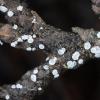
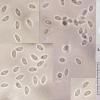
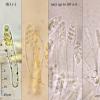
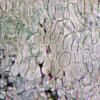
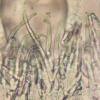
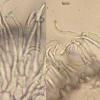
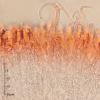
 Hamaticanthoscypha-rotunispora-1-0001.JPG
Hamaticanthoscypha-rotunispora-1-0001.JPG